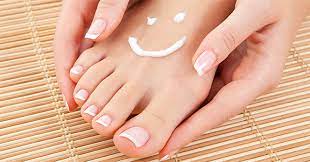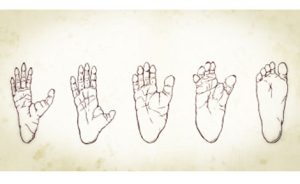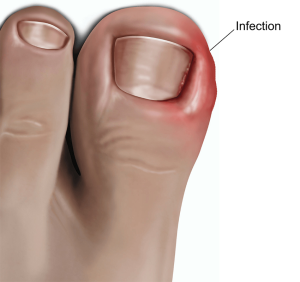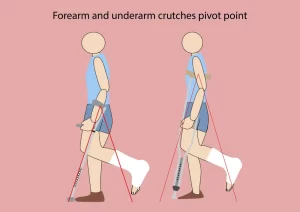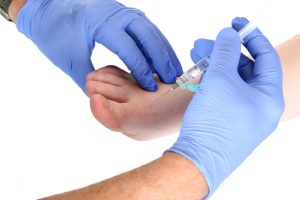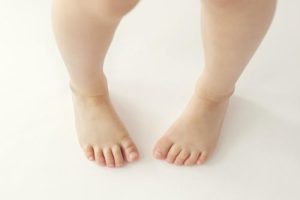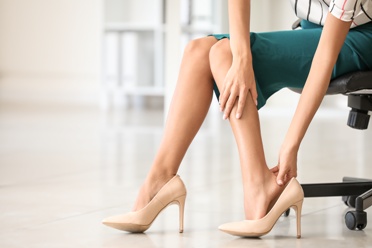
High heeled shoes are a common cause of foot problems because they alter the natural position of the foot and place increased pressure on certain areas. Some of the foot problems that can result from wearing high heels include:
- Achilles Tendinitis: The elevated heel of high-heeled shoes places additional strain on the Achilles tendon, which can result in inflammation and pain.
- Ball of Foot Pain: Wearing high heels can increase pressure on the ball of the foot, causing pain and discomfort.
- Hammertoes: High heels can cause the toes to be forced into an unnatural position, which can lead to the development of hammertoes.
- Bunions: High heels can exacerbate the development of bunions by placing pressure on the big toe joint.
- Morton’s Neuroma: This condition occurs when the nerves in the foot become compressed, causing pain and discomfort. High heels can increase the risk of developing Morton’s neuroma.
- Plantar Fasciitis: Wearing high heels can increase tension on the plantar fascia, which can lead to inflammation and pain.
- Ankle Sprains: High heels can cause instability in the ankle, making it more likely that you will twist or sprain your ankle.
To prevent foot problems from high heeled shoes, it is recommended to wear them in moderation and choose shoes with a lower heel or a wider base for stability. Stretching and exercising the feet and ankles can also help prevent pain and discomfort from high heels. Additionally, using custom orthotics or shoe inserts may provide additional support and cushioning to help alleviate foot problems caused by high heels.

